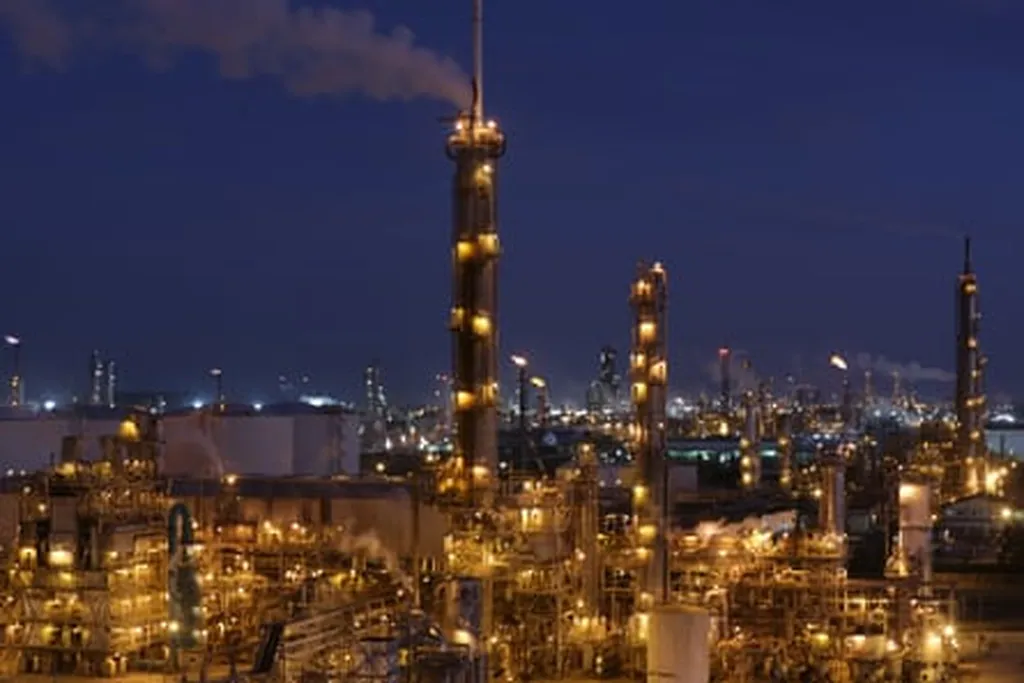A new report from researchers at Texas Southern University has shed light on a troubling trend in the petrochemical industry, with significant implications for communities, agriculture, and investors. The analysis of 89 proposed petrochemical projects across Texas reveals that 82 of these facilities are planned for areas with higher poverty rates or a greater proportion of people of color than the state average. This trend, often referred to as environmental injustice, has been well-documented for over three decades, but the new findings suggest that the issue persists and is even exacerbating in the face of rapid industrial expansion.
The report highlights that nearly half of the proposed projects are earmarked for areas already grappling with some of the worst toxic air releases in the nation. Moreover, nine out of ten projects would be situated near other high-risk chemical plants. Given that Texas led the nation in hazardous chemical incidents from 2021 to 2023, the potential for increased environmental and health risks is a pressing concern.
For the agriculture sector, the implications are multifaceted. Petrochemical plants are often integral to the production of fertilizers, pesticides, and other agricultural inputs. While the expansion of these facilities could potentially lower costs and improve access to these inputs, the environmental and health risks posed by their proximity to vulnerable communities and agricultural lands could have long-term detrimental effects. Soil and water contamination, for instance, could compromise crop yields and quality, while air pollution could negatively impact the health of farmworkers and rural communities.
Investors, too, face a complex landscape. On one hand, the petrochemical industry’s growth could present lucrative opportunities. On the other, the environmental and social risks highlighted in the report could translate into regulatory challenges, reputational damage, and potential financial losses. As environmental, social, and governance (ESG) criteria gain prominence in investment decisions, investors may need to carefully weigh the potential benefits against these risks.
The report underscores the urgent need for policy interventions to address environmental injustice and mitigate the potential impacts on vulnerable communities, the agriculture sector, and investors. It also highlights the importance of tools like EJScreen, a mapping tool developed by the Environmental Protection Agency that combines data on pollution, race, ethnicity, and income to expose threats to vulnerable communities. The Trump administration’s decision to remove this tool from public access has been met with criticism, and a coalition of advocacy groups is now suing the EPA to restore it.
As the petrochemical industry continues to expand, stakeholders must grapple with these complex issues and work towards solutions that balance economic growth with environmental protection and social equity.

